Nutrition to Fuel Your Second Wind
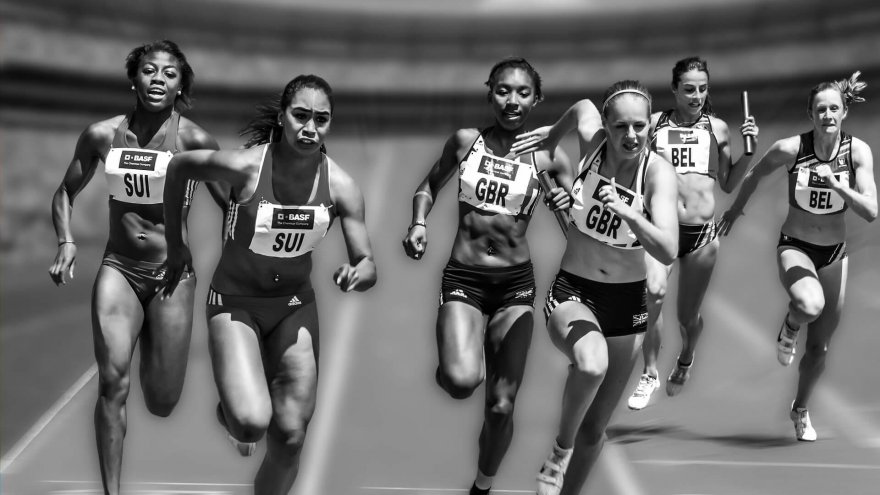
The “second wind” is very real. The proverbial wall seems more than just a physiological obstacle, something more than just the body’s store of fuel hovering on empty. For any runner that has logged a sixteen to twenty mile long run, the “wall” is where the pain reaches an apex, where the toll of mileage becomes physically apparent and tortuous. Talk to any marathoner and they will tell you that the most painful miles usually come between fifteen and twenty. This pain occurs as the body’s store of glucose is depleted. Proper nutrition before and after long runs is a critical part of any training routine, and knowing what to eat will make the difference between struggling during those last three miles and beating your PR.
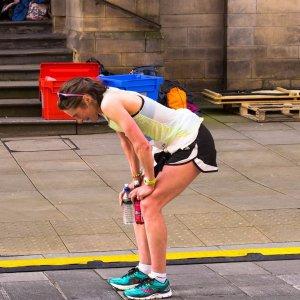
How Nutrients Are Stored
To understand how nutrients are utilized when running, it is important to first look at how nutrients are stored in the body. There are three types of fuel that the body is able to use for energy: carbohydrates, fat, and protein. These are stored as glycogen, fatty acids, and amino acids, respectively. When exercise begins, for about the first two minutes, a substance called phosphocreatine (PCr) is broken down to provide adenosine triphosphate (ATP) to muscles, which is the molecule that provides energy to the muscles to run. If the run lasts longer than a short sprint, the next process that breaks down stored fuel to produce ATP is anaerobic glycolysis, which, as the name implies, breaks down glycogen without oxygen to produce ATP. Gradually, an oxygen-driven process called oxidative phosphorylation takes over and continues for the duration of the exercise duration to provide the vast majority of ATP to the body. For all three processes, the target fuel source is glycogen, so clearly it is important to have a large pool of this to fuel the run.
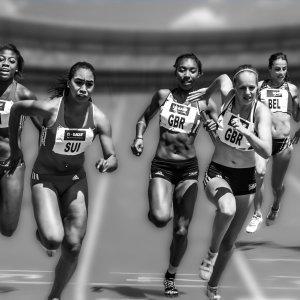
How Carbs, Fat, and Protein are Converted to Energy
Glycogen is basically chains of glucose surrounded by water, or “hydrated,” and stored in different areas of the body, namely the liver and skeletal muscle. Over a long period of time, typically around 90-120 minutes, glycogen stores are depleted while running. In order to maintain energy output, the fuel source switches to fat, or “lipids,” and through a process called beta-oxidation, a large amount of ATP is produced per molecule of fat. In fact, more than eight-times the amount of ATP is produced from lipid breakdown, “lipolysis,” compared to glycogen breakdown, or “glycogenolysis”. So why doesn’t the body utilize lipids as the sole source of energy if it produces so much more ATP than glycogen? The answer is the speed at which ATP is produced from lipolysis via beta-oxidation. Beta-oxidation is a much slower process than glycolysis, so although large amounts of ATP are produced, it is not readily available to the skeletal muscle during moderate to intense activity.
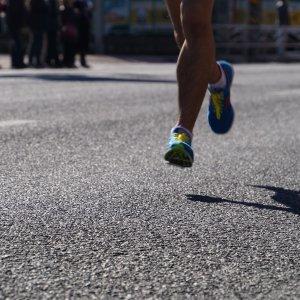
How to Maximize Nutrient Storage
Now that we’ve gone through how the body produces ATP during exercise, the next thing to consider is how to maximize the efficiency of this process. Clearly, glycogen plays a vital role in energy storage. How do we maximize that storage pool? Well, this isn’t a new phenomenon to the running community. Carbohydrate-loading or “carbo-loading,” targets this efficiency and the validity of the method has been debated for years. Several studies have supported and refuted the idea of carbo-loading, but the consensus among the majority of sports dietitians today is that it is beneficial to eat a high-carbohydrate, low-fat diet three to five days previous to a race or long run, if the duration of the run is longer than 90 minutes at moderate to high intensity. A “high-carbohydrate, low-fat” diet previous to a long race is one that consists of between 75-85% carbohydrates and no more than 15-20% fat. That means that if you are eating a 2,500-calorie diet, between 1,875 and 2,125 calories should come from carbohydrates, and no more than 500 calories per day from fat. That being said, this diet is only recommended in the days prior to a race or long run, because a healthy, balanced diet should include a higher percentage of healthy fat and protein compared to this high-carbohydrate diet in the days immediately prior to race day.
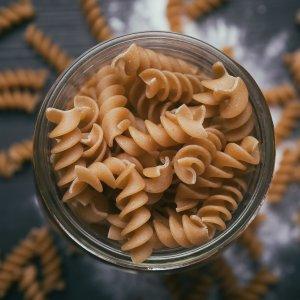
The idea of maximizing glycogen storage capacity should also be considered following a run as well. Ideally, after a run of over an hour, the first snack eaten should provide between 15-22 grams of carbohydrates and 5-7 grams of protein. This approximate 3:1 ratio of carbohydrates to protein will allow for structural reparation in skeletal muscle in addition to rebuilding the glycogen storage supply. If a long run is going to exceed 90 minutes, it is also a good idea to bring along a snack that is nearly all carbohydrates (ideally between 20-30 grams) and eat it around the 90-minute mark to allow for additional carbohydrates to be burned for fuel rather than rely on the slow process of fat metabolism. Many companies market products to fill this niche (10 Best Energy Gels for Running) and many of them contain this optimal range of carbohydrates. However, some utilize artificial sweeteners and caffeine which many runners find upset their stomach during a run. Make sure to test these products out prior to a competitive race to avoid a surprise stomach ache at mile twenty. For a caffeine-free version, check out GU Original Energy Gel, and if you prefer one with caffeine to offer that much needed buzz, Clif Shot Energy Gel has been a runner favorite in the past.
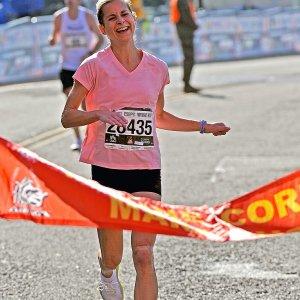
Understanding proper nutrition and the foundation of exercise metabolism makes the process of building a sustainable, efficient diet for runners almost intuitive. Keep running, keep eating, and keep on fueling that second wind.
Latest Articles
 Is Running on a Treadmill Easier Than Running Outside?Runners have their own preferences, whether it is treadmill running, running outside on the road, or exploring trails. So...
Is Running on a Treadmill Easier Than Running Outside?Runners have their own preferences, whether it is treadmill running, running outside on the road, or exploring trails. So... Is It OK to Use Trail Running Shoes on the Road?While trail running shoes can be used on roads, especially in situations where a runner encounters mixed terrains or pref...
Is It OK to Use Trail Running Shoes on the Road?While trail running shoes can be used on roads, especially in situations where a runner encounters mixed terrains or pref... How to Fix Sore Quads After Running?Rest, ice, gentle stretching, and over-the-counter pain relievers can help soothe sore quads after running. Also, ensure ...
How to Fix Sore Quads After Running?Rest, ice, gentle stretching, and over-the-counter pain relievers can help soothe sore quads after running. Also, ensure ... 10 Fruits With The Most Electrolytes to Replace Sports DrinksThese fruits are high in electrolytes such as potassium, magnesium, and calcium, essential for hydration, muscle function...
10 Fruits With The Most Electrolytes to Replace Sports DrinksThese fruits are high in electrolytes such as potassium, magnesium, and calcium, essential for hydration, muscle function...

